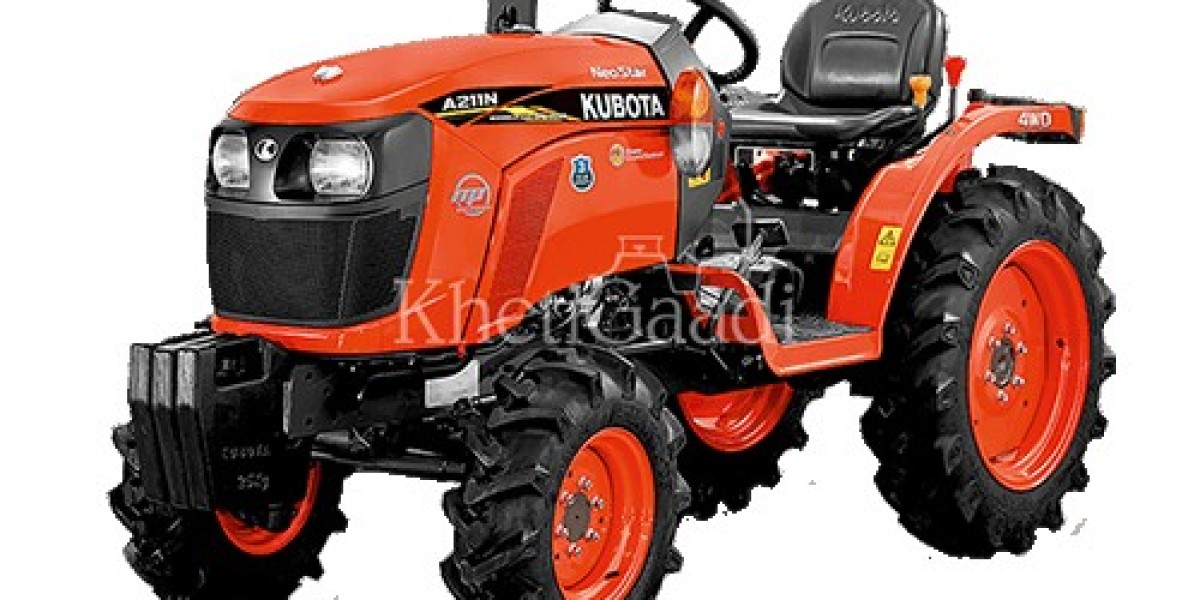Modern farming practices that increase production and decrease labour have gone a long way from traditional farming methods. A power tiller, a range of implements, and a mini tractor are essential to this change. We will look at how these agricultural equipment are transforming farming methods in this post.
Mini Tractors:
Mini tractors are revolutionizing the agriculture industry. They are more adaptable and appropriate for small to medium-sized farms because they are smaller than traditional tractors. The Mini tractor is designed to handle a variety of tasks, from plowing and tilling to planting and harvesting.
Mini tractors provide a number of important benefits, including their maneuverability. Their compact size allows them to navigate through narrow rows and tight spaces with ease. They are therefore perfect for precision farming, where every square inch of ground is crucial. A further benefit for farmers is that mini tractors use less fuel, which reduces their operating costs.
Mini tractors have a variety of implements and attachments, which improves their functionality even more. These add-ons may include cultivators, seeders, and plows, among other things. Farmers may equip their small tractors with the tools they require for certain activities, boosting productivity and lowering manual labor.
Implements:
Implements are necessary tools that work in conjunction with mini tractors and other farming machinery. They are available in many different varieties and sizes, each one intended for a particular agricultural activity.
Here are a few typical implements and their uses:
1. Plow: Soil is broken up and turned over with plows to make it ready for planting. Moldboard, disc, and chisel plows are some of the various types of plows available, each of which is best suited for a certain type of soil and crop.
2. Seeder: During planting, seeders are used to evenly spread seeds across a field. They guarantee accurate seed distribution and spacing, fostering uniform crop growth.
3. Cultivator: Cultivators aerate the soil and are used to remove weeds. They aid in weed growth suppression and soil aeration for better water infiltration and nutrient uptake.
4. Harvester: Harvesters, like combine harvesters, make it easier to gather grains like maize, wheat, and rice. In a single pass, they may effectively cut, thresh, and clean the crop.
5. Sprayer: Pesticides, herbicides, and fertilizers are applied using sprayers. They make ensuring that substances are distributed evenly, lowering the possibility of misuse or abuse.
Power Tiller:
Power tillers are small, adaptable machines that are essential to mechanized, small-scale farming. They have a strong engine and may be customized with different attachments for jobs like cultivating, harrowing, and plowing.
Larger tractors might find it difficult to function well in hilly and terraced settings, but the Power tiller excels in these conditions. In terms of both original investment and ongoing costs, they are also affordable.
Saving time and labour is one of the main advantages of power tillers. Compared to traditional human labour, they can cover more territory in less time, allowing farmers to work more productively and efficiently. Power tillers are useful farming tools because they may be used for both primary and secondary tillage activities.
Conclusion
In conclusion, the use of power tillers, various implements, and small tractors has revolutionized agricultural techniques, making them more effective, economical, and ecologically beneficial. These gadgets give farmers the ability to increase yields while lowering physical labour requirements and having a minimal negative impact on the environment. These developments will be essential to supplying the rising food demand sustainably as agriculture continues to change.
 " class="wow_main_float_head_img">
" class="wow_main_float_head_img">







